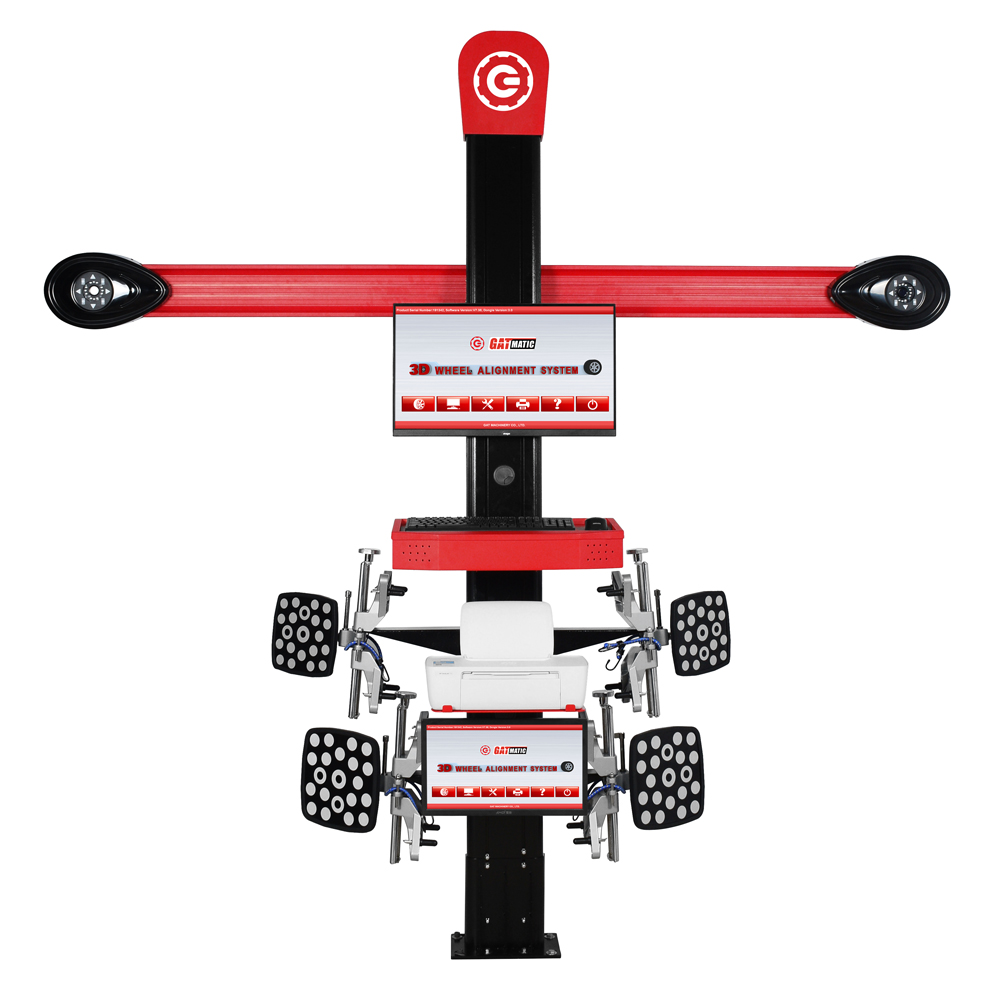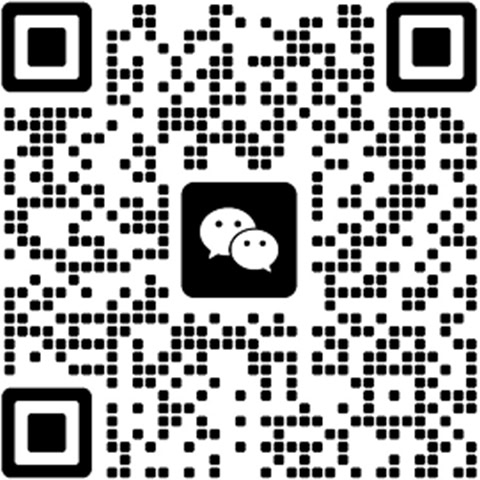Are Your Wheels on the Right Track? Discover Wheel Aligners Today!
Is your vehicle pulling to one side, or do your tires wear unevenly? It might be time to check if your wheels are on the right track! Wheel alignment is a crucial aspect of vehicle maintenance that often goes overlooked. In this article, we’ll delve into the world of wheel alignment, covering everything from the basics to the advanced technologies used in modern wheel aligners. By the end, you’ll have a clearer understanding of why wheel alignment matters and how to ensure your ride stays smooth and safe.
I. What is Wheel Alignment?
Wheel alignment, simply put, is the process of adjusting the angles of your vehicle’s wheels to ensure they are parallel to each other and perpendicular to the ground. It involves three primary components: toe, camber, and caster.
- Toe: This refers to the angle at which the tires point in or out when viewed from above. Incorrect toe alignment can cause uneven tire wear.
- Camber: Camber is the angle at which the tires tilt inwards or outwards when viewed from the front. Improper camber can lead to handling issues and tire wear.
- Caster: Caster angle affects steering stability and handling. It’s the angle between the steering pivot axis and vertical.
II. Signs of Misaligned Wheels
How do you know if your wheels are misaligned? Look out for signs like your steering wheel being off-center, your vehicle drifting to one side, or uneven tire wear. Picture this: your car’s handling is like trying to walk with one shoe laced tighter than the other – it’s uncomfortable and can lead to problems down the road.
III. Why is Wheel Alignment Important?
Wheel alignment isn’t just about keeping your steering wheel straight. It plays a significant role in your safety, tire longevity, and fuel efficiency. Proper alignment ensures that your tires wear evenly, which means they’ll last longer, saving you money in the long run.
IV. DIY vs. Professional Alignment
Thinking of trying a DIY alignment using some online tutorial? While it might sound tempting, it’s not always the best idea. We’ll weigh the pros and cons of both DIY and professional alignments to help you make an informed decision.
V. Types of Wheel Aligners
Wheel alignment technology has come a long way. We’ll introduce you to various types of aligners, including laser, 3D, and CCD (Charge-Coupled Device) systems. Each comes with its unique features and benefits, catering to different needs.
VI. How Does a Wheel Alignment Machine Work?
Ever wondered what happens during a wheel alignment? We’ll demystify the process and explain the technology behind it, making it easy for anyone to understand.
VII. Choosing the Right Wheel Aligner
Selecting the right wheel aligner can be a daunting task. We’ll provide valuable tips to help you choose an aligner that fits your budget and meets your requirements.
VIII. The Wheel Alignment Process
Curious about what goes on during a wheel alignment appointment? We’ll walk you through the entire process, from initial measurements to adjustments, ensuring your vehicle leaves perfectly aligned.
IX. Maintenance and Calibration
Once you’ve invested in a wheel aligner, it’s essential to maintain it for accurate results. We’ll discuss routine maintenance and calibration to keep your aligner in top shape.
XI. DIY Wheel Alignment Tips
If you’re considering a DIY alignment for minor adjustments, we’ll offer some handy tips to ensure you do it safely and effectively. However, we’ll also emphasize when it’s best to leave it to the professionals.
XII. The Cost of Wheel Alignment
How much should you budget for a professional wheel alignment? We’ll explore the average costs and show you how investing in alignment can save you money on tire replacements and fuel.
XIII. Frequently Asked Questions (FAQs)
Q1: How often should I get a wheel alignment?
- A: It’s generally recommended to check your alignment every 10,000 miles or if you notice any signs of misalignment.
Q2: Can misaligned wheels cause accidents?
- A: While not an immediate danger, severe misalignment can affect handling and, in extreme cases, lead to accidents.
Q3: What are the benefits of 3D wheel alignment over other methods?
- A: 3D alignment offers higher accuracy and faster measurements, making it a popular choice among professionals.
Q4: Can I drive with a slightly misaligned wheel temporarily?
- A: Yes, but it’s best to address it promptly to prevent accelerated tire wear and further alignment issues.
Q5: Does wheel alignment affect fuel efficiency?
- A: Yes, improper alignment can lead to increased rolling resistance, reducing fuel efficiency.
Conclusion
In conclusion, wheel alignment is not just about keeping your steering wheel straight; it’s about ensuring your vehicle’s safety, tire longevity, and fuel efficiency. By understanding the importance of wheel alignment, the types of aligners available, and the alignment process itself, you’re better equipped to make informed decisions about your vehicle’s maintenance. So, are your wheels on the right track? With the right knowledge and tools, you can ensure they always are. Don’t wait until your tires tell a tale of misalignment – take action today!
Describe Your Needs In Detail!
We will carefully evaluate your needs and give professional solutions.




